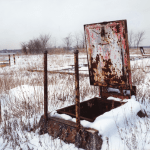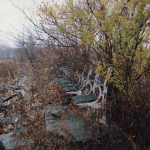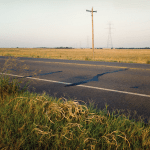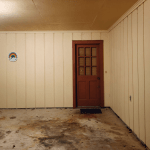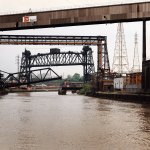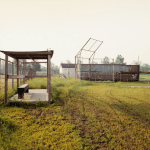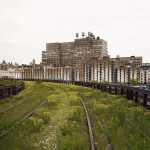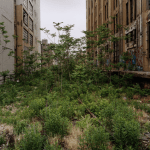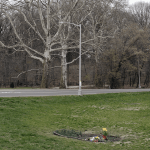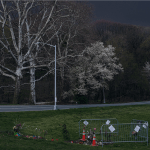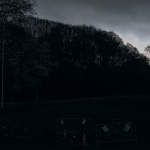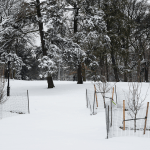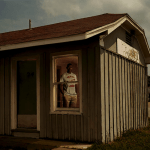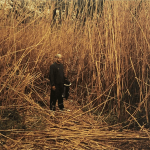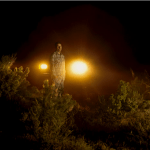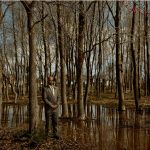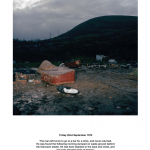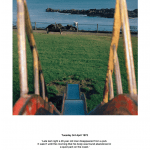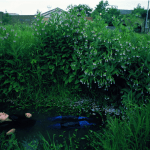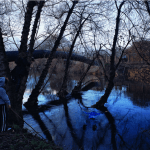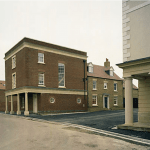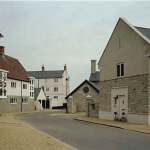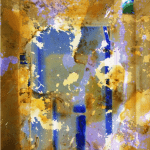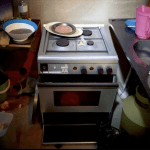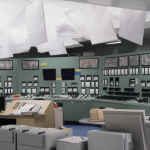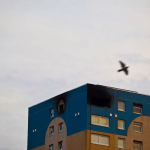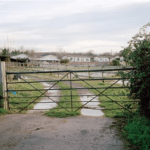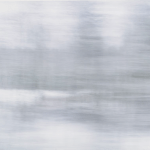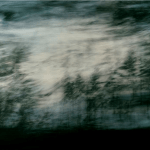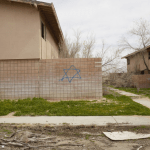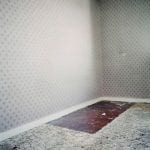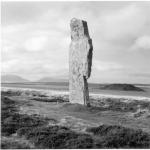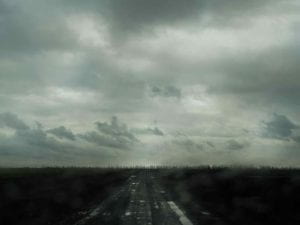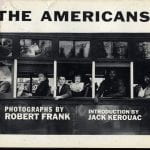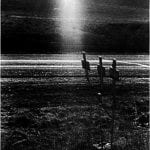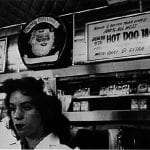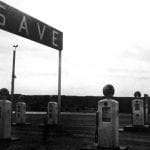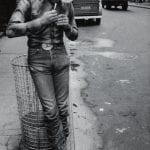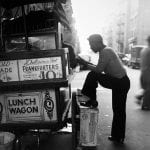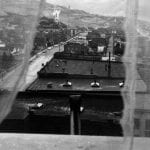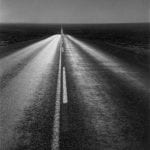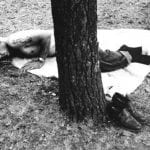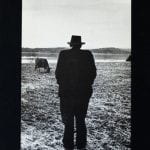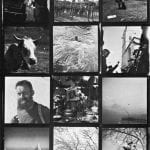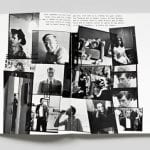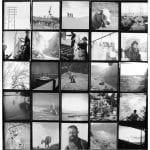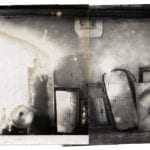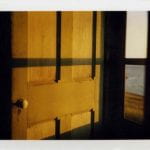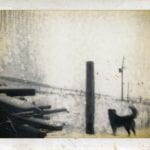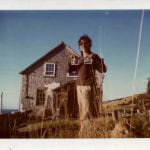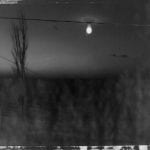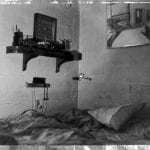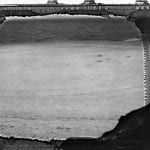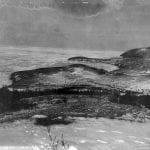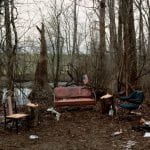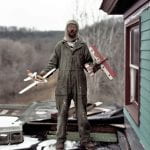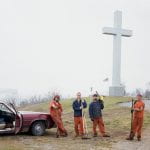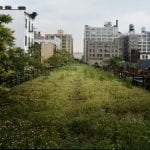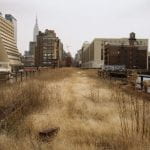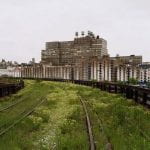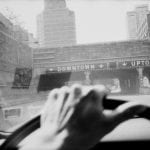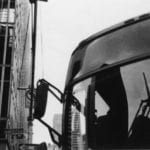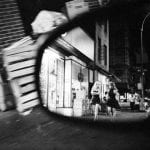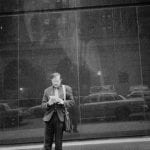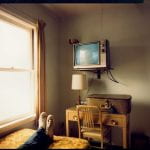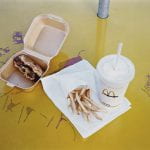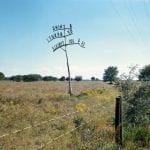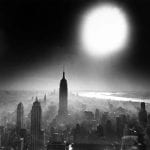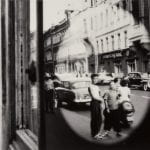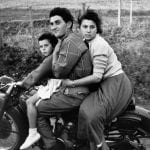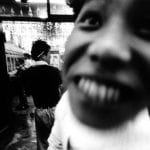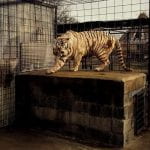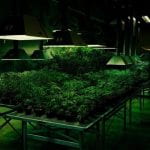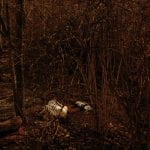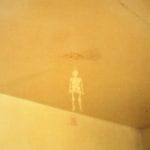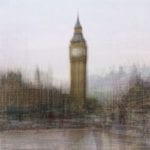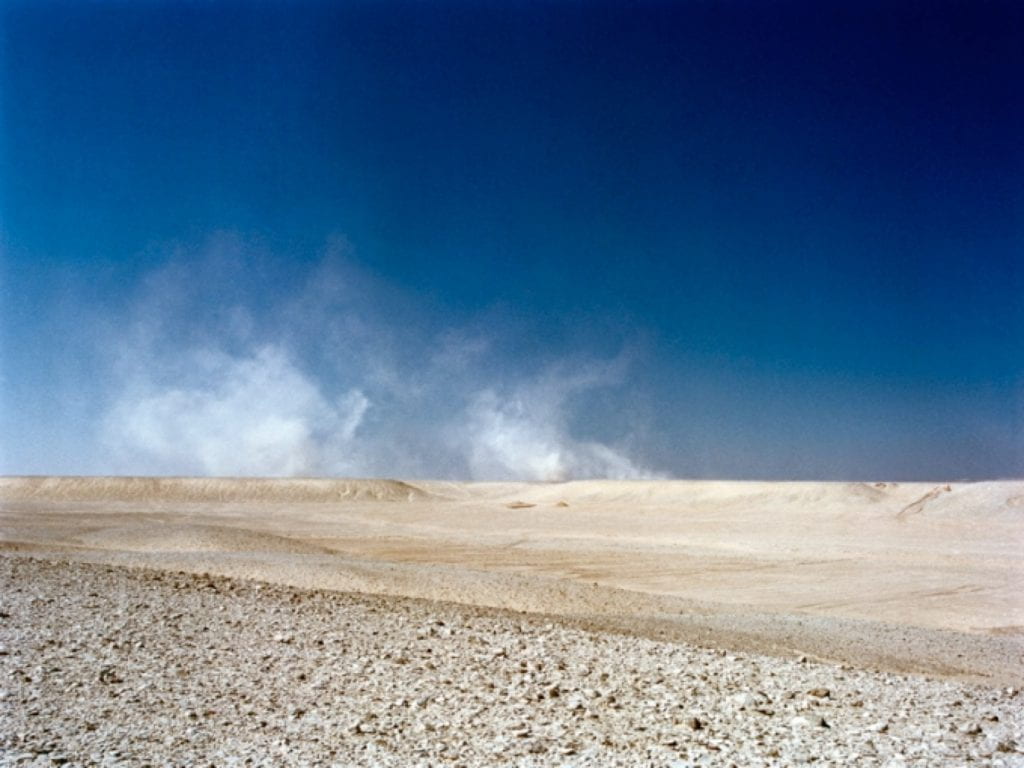on this site: the places and spaces of joel sternfeld
‘The impulse to make a picture of an event which has already happened may seem counter-intuitive, if not impossible. Unlike a painter who may recreate a historical scene, the photographer has no such leeway’ (Albers, 2015)
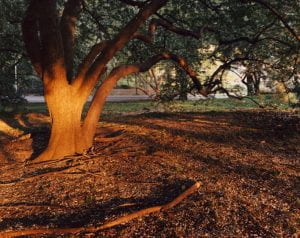
This is an adaptable session which aims to introduce participants to researching the history of places and spaces and the importance of aesthetics / accompanying text / context in its photographic representation. It encourages in-depth independent research into Joel Sternfeld’s practice and its commparative positioning within wider ideas regarding different ways of photographicically representing place, space and history.
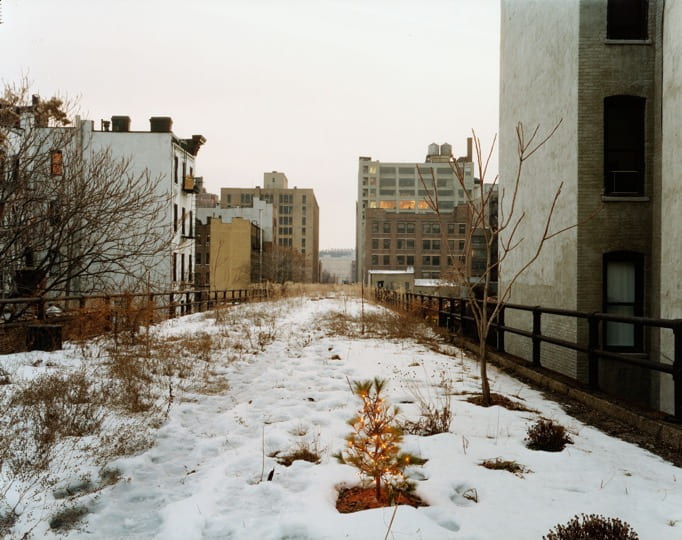
‘The poet-keeper of the High Line is the photographer Joel Sternfeld. He has been taking pictures of it in all seasons for the year, and he has a gift for seeing light and space and color— romantic possibility of every kind— where a less sensitive observer sees smudge and weed and ruin. He would not just like the High Line to be saved and made into a promenade; he would like the promenade as it exists now to be perpetuated, a piece of New York as it really is’ (Gopnik, 2001)
This Session could be run in conjunction with:
Aims & Outcomes:
- To undertake research into the history of the local / a specific area
- To explore the relationship between image and text / caption
- To visually experiment with the loading of narrative into single / multiple images in sequence and series
- To understand the difference between literal and ambigous imagery (and thier consequences)
- To consider the context of viewing such images and how this might impact on thier interpretation
- Participant Outcome: 5 6×4 digital prints
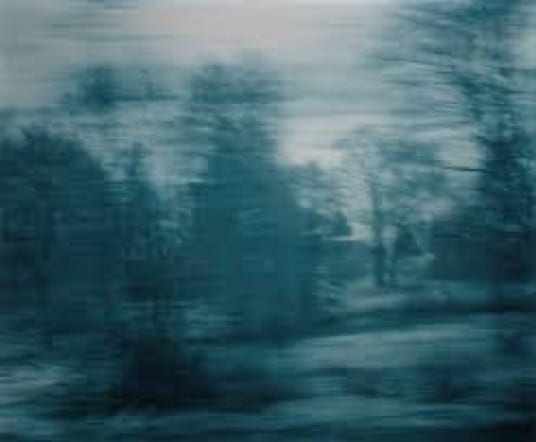
‘Without their subtext, they lose their specificity. The eye passes over the photograph but cannot penetrate it. There is no mental adjustment we can make that will give it clarity, except by recourse to place, circumstance and [ori gersht’s] intention’ (Searle, 2005)
You will need:
- Digital cameras for all participants (and appropriate memory cards) *This session can also be run using Camera phones or Lumix cameras
- Card readers
- Access to computers (or laptops)
- An Introductory Brief & Presentation for participants to outline the ideas and provide examples
- Some local examples of places with a past *and preferably some visual representations of them to critique / discuss
- A booked room to critique participants work (either via a projector (powerpoint with text) or via print)
- Blue tack to pin the work
- Costings and Risk Assessments
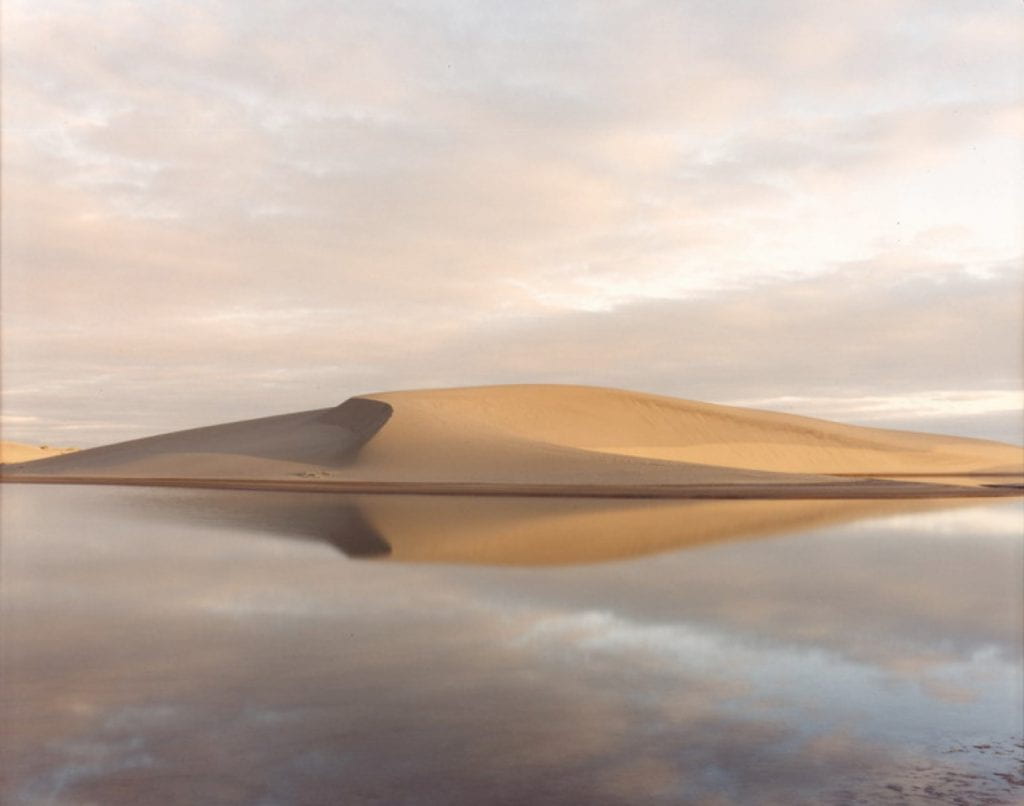
‘Where the document begins and where the aesthetic object begins is really hard to tell. That’s fairly obvious in my work; there doesn’t seem to be an illusion of a straight document’ (richard Misrach in Caponigro, 1998)
Research: the work of joel sternfeld
Preparation Work:
- Research the history of a local / specific area *local libraries, newspapers and people living in the area can help here
- Ask participants to read Kate Palmer Albers (2015) ‘Joel Sternfeld’s Empty Places available here
- Ask participants to read Fiona McDonald (2014) ‘Thomas Demand: Making History – with paper’ in BBC Culture available here
- Ask participants to watch the video On This Site by Joel Sternfeld (2014) available here
- Ask participants if they have thier own digital cameras and cards
- Make sure you have access to computers / image editing software
- Make sure there are enough team members to support participants (never assume thier prior knowledge)
- Decide whether you will project the work or print it.
- If you are printing it make sure the Photo Lab are aware and be aware of timekeeping so they have space to print the work.
- *If you are running this session off campus, make sure there is access to printers (or projectors if you are concentrating on sequencing a narrative only – create a powerpoint and include the text with each photograph)

‘Catherine Yass photographed the former car showroom and dance studios that used to stand on the JW3 site once they had been decommissioned and emptied. The resulting large-format transparencies were placed around the demolition site – on diggers, under girders, in piles of glass and rubble – and then retrieved some weeks later, after they had been damaged scratched, ripped, and transformed by colour reactions on the emulsion. The images have been placed in the new building in light boxes and are in Yass’ words “small windows into a past and interior world illuminated by imagination and memory’ (outset, 2013)
Presentation Ideas: places with a past
Suggested Session Outline:
to come
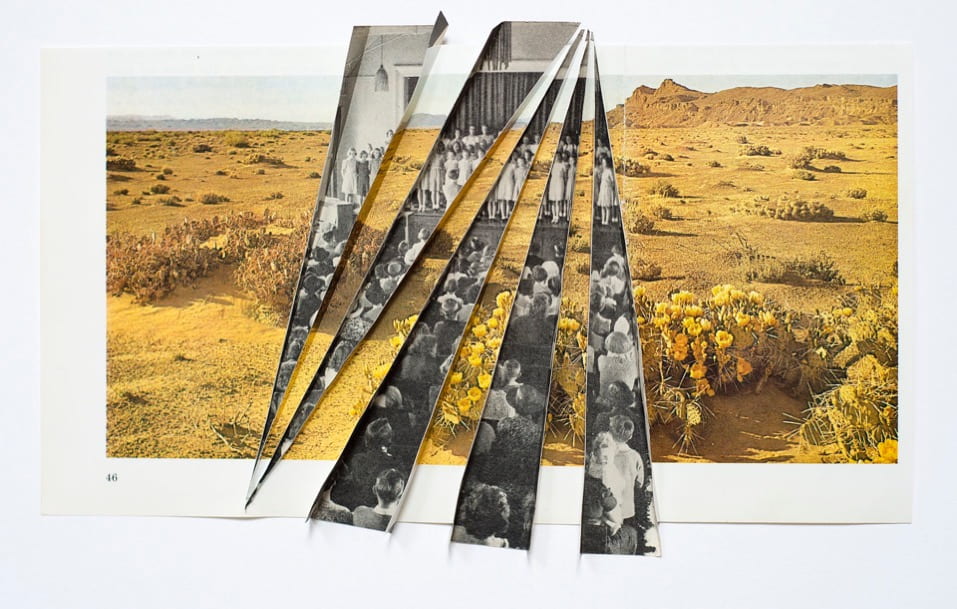
‘Making work is a strange and erratic dance of intuition, graft, brute materiality and opportunism. I allow myself to be attracted to certain images, forms and places which then become points to work away from. For me, making work is partly aversion and partly attraction. I enjoy to play with my sense of surroundings and also materiality. I also enjoy the difficulty of sculpture and the challenge of problem solving, which is always present when making anything three dimensional’ (Abigail Reynolds in Aesthetica, 2013)


